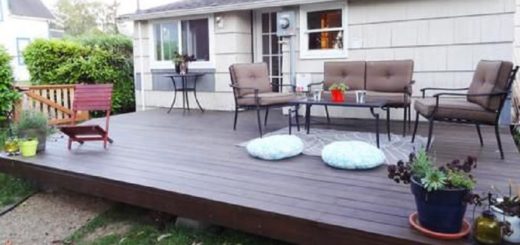How to Grow Herbs Indoors
So, you’re interested in bringing the beauty and flavor of fresh herbs indoors? That’s a fantastic idea! Growing herbs indoors not only adds a touch of greenery to your home but also provides you with a convenient and accessible source of fresh herbs for cooking, crafting, and even medicinal purposes. Whether you’re a seasoned gardener or a novice with a green thumb, growing herbs indoors is a rewarding and enjoyable experience. Let’s explore how you can get started.
Choosing the Right Herbs
1. Consider Your Space
Before you start growing herbs indoors, take a look around your home to identify the best spots for your herb garden. Choose areas that receive plenty of natural light, such as windowsills, balconies, or sunny corners of your home.
2. Select Your Herbs
Not all herbs are well-suited for indoor growing, so choose herbs that thrive in indoor environments and don’t require too much space to grow. Some popular herbs for indoor cultivation include basil, parsley, mint, thyme, and chives.
Getting Started
1. Gather Your Supplies
To start your indoor herb garden, you’ll need a few basic supplies, including small pots or containers with drainage holes, high-quality potting soil, seeds or seedlings, and a watering can or spray bottle.
2. Plant Your Herbs
Fill your pots or containers with potting soil, leaving about an inch of space at the top for watering. Plant your herb seeds or seedlings according to the instructions on the seed packet or plant tag, and gently water them until the soil is moist but not waterlogged.
3. Provide Adequate Light
Herbs require plenty of sunlight to thrive, so place your pots in a sunny location where they’ll receive at least 6-8 hours of sunlight per day. If natural light is limited, consider supplementing with a grow light to ensure your herbs get the light they need.
Care and Maintenance
1. Watering
Water your herbs regularly, keeping the soil evenly moist but not soggy. Check the soil moisture level regularly by sticking your finger into the soil; if it feels dry to the touch, it’s time to water. Be careful not to overwater, as this can lead to root rot.
2. Pruning and Harvesting
Regularly prune your herbs to encourage bushy growth and prevent them from becoming leggy. You can harvest herbs as needed by snipping off small sprigs or leaves from the plant. Remember to leave enough foliage for the plant to continue growing.
3. Fertilizing
Fertilize your herbs occasionally with a balanced liquid fertilizer to provide them with essential nutrients for healthy growth. Follow the instructions on the fertilizer package for proper application and frequency.
Tips for Success
- Choose compact or dwarf varieties of herbs for indoor growing to save space.
- Rotate your herb pots regularly to ensure all sides of the plant receive adequate sunlight.
- Keep an eye out for pests and diseases, and address any issues promptly to prevent them from spreading.
FAQs About Growing Herbs Indoors
1. How often should I water my indoor herbs?
Water your indoor herbs when the top inch of soil feels dry to the touch, typically every 1-2 days depending on environmental conditions and the type of herb.
2. Can I grow herbs indoors all year round?
Yes, you can grow herbs indoors year-round as long as you provide them with adequate light, water, and proper care. Some herbs may slow down or stop growing during the winter months, but they should resume growth once conditions improve.
3. Do I need to repot my indoor herbs?
Yes, you may need to repot your indoor herbs periodically as they outgrow their containers. Look for signs such as roots growing out of the drainage holes or crowded root systems, and repot your herbs into slightly larger containers as needed.
4. Can I grow multiple herbs in the same pot?
Yes, you can grow multiple herbs in the same pot as long as they have similar growing requirements and don’t overcrowd each other. Be sure to choose herbs that have compatible growth habits and space them accordingly to prevent competition for resources.
5. How do I prevent pests on my indoor herbs?
To prevent pests on your indoor herbs, inspect your plants regularly for signs of infestation, such as yellowing leaves or small insects. If you notice any pests, gently wipe the affected areas with a damp cloth or treat the plants with an organic insecticidal soap. Avoid using harsh chemicals indoors, as they can be harmful to you and your pets.


















